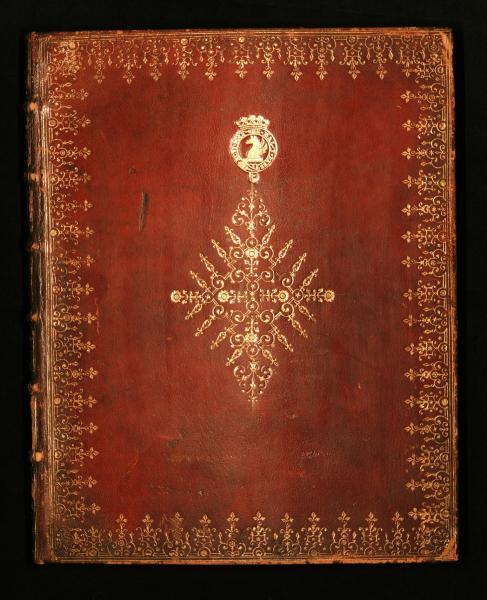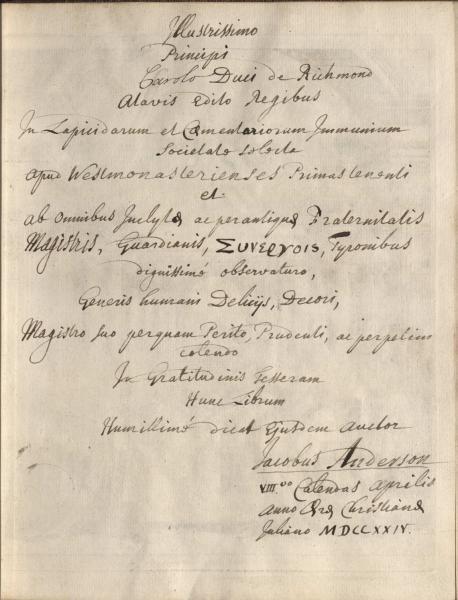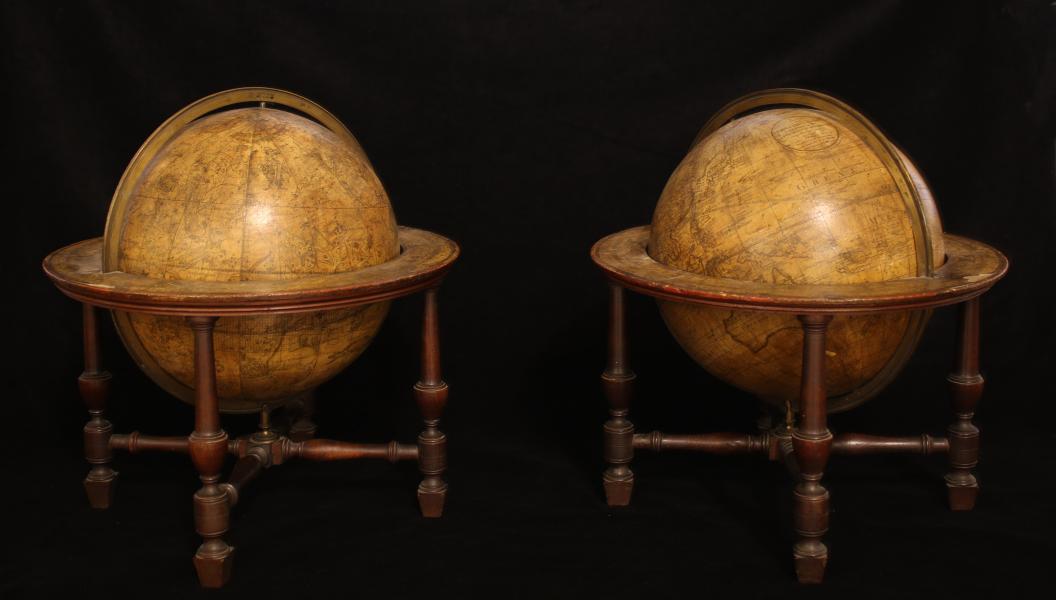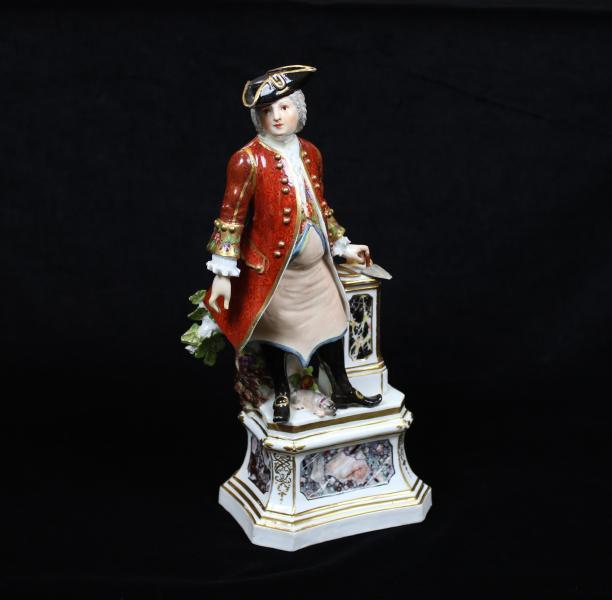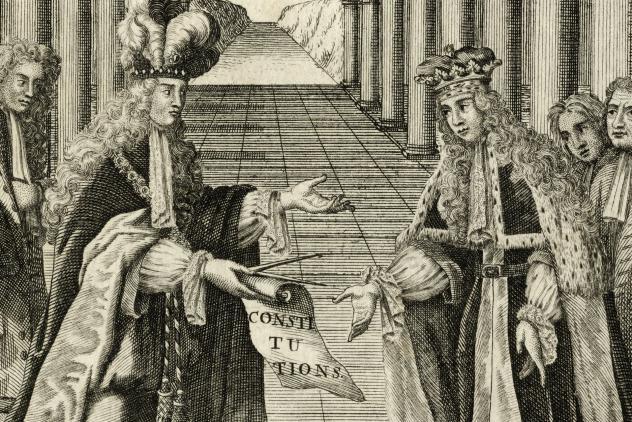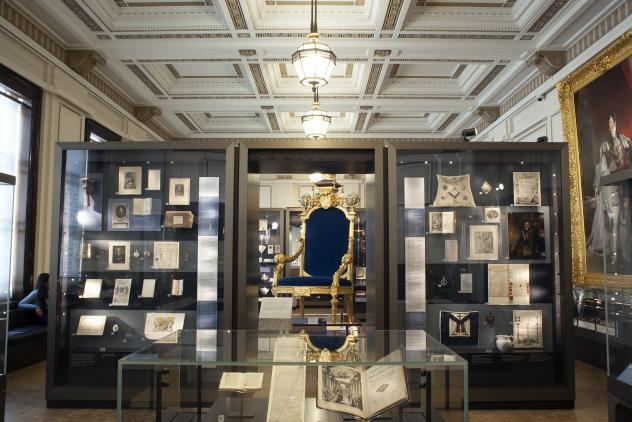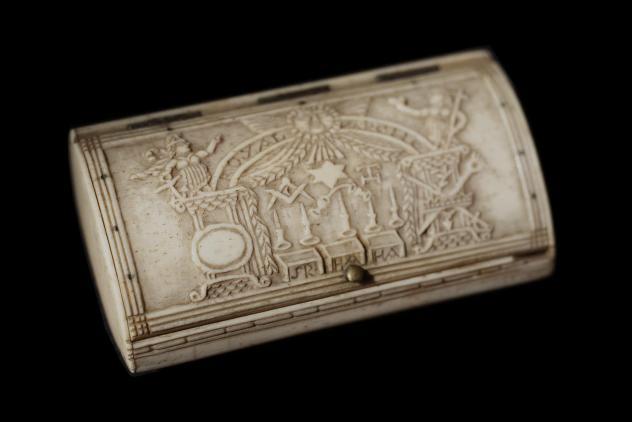Our latest exhibition, ‘Inventing the Future’, celebrates the Tercentenary of the Constitutions of the Freemasons. This book, now almost forgotten by non-freemasons, had a remarkable and unexpected impact.
'Inventing the Future' has two parts. In the library you can see how the Constitutions of 1723 spread from London across the world through rare examples published as it arrived in different countries.
In the South Gallery the story continues as you find out the context, content and consequences of this remarkable book.

